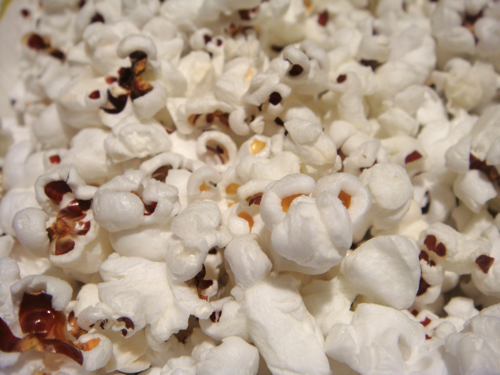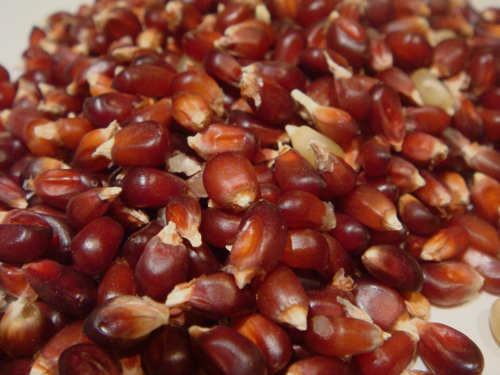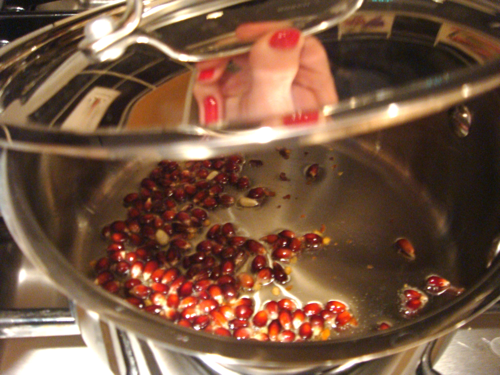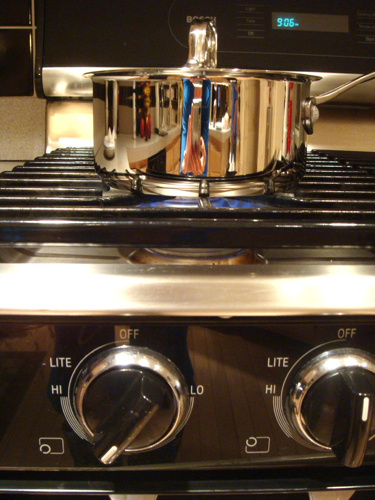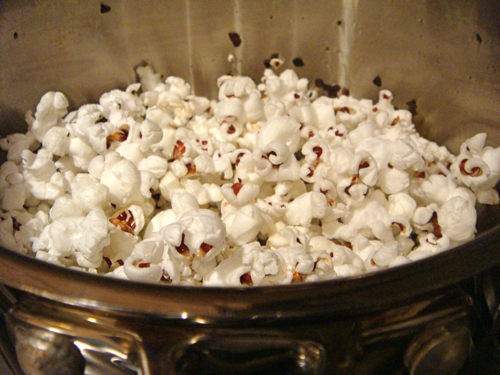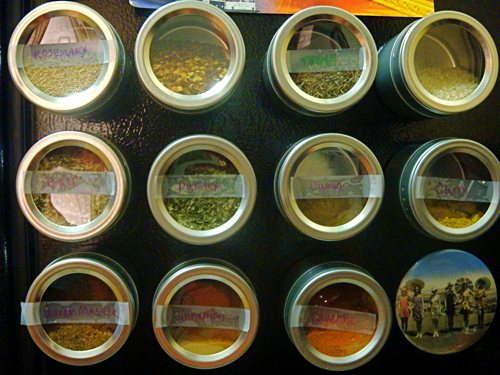
Anyone who likes to cook knows that it can be a real challenge to store spices in a way that keeps them fresh, organized, and easily identifiable. Anyone who cooks in a relatively small kitchen also knows that many of the spice storage options available are unrealistic for our space constraints. While I’d love to have a rotating spice rack sitting by my stove, that counter space is reserved for other purposes. And if I did have the extra space, a spice rack wouldn’t be my first purchase (hello, Kitchenaid mixer!).
 My spice collection recently reached its tipping point when my kitchen cabinet became so full that I had to remove several layers of jars and bottles before I could locate the object of my desire. Adding to my frustration was the fact that some of the containers my spices came in made it really difficult to get out the amount I needed. It’s never a good thing to over-season with cayenne pepper. Ouch! Fortunately, I found a solution when I was browsing the aisles at Bed Bath and Beyond.
My spice collection recently reached its tipping point when my kitchen cabinet became so full that I had to remove several layers of jars and bottles before I could locate the object of my desire. Adding to my frustration was the fact that some of the containers my spices came in made it really difficult to get out the amount I needed. It’s never a good thing to over-season with cayenne pepper. Ouch! Fortunately, I found a solution when I was browsing the aisles at Bed Bath and Beyond.
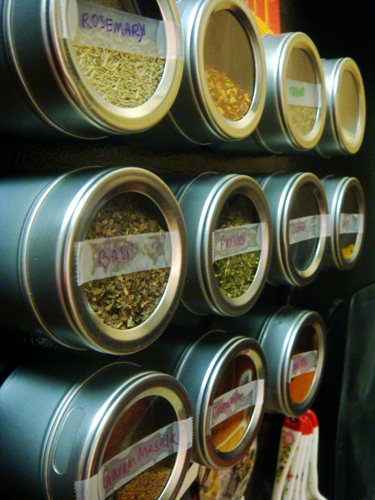
I came across these little tin containers that have dramatically improved my spice situation. The tins have many benefits: (1) they are magnetic, so they can securely stick to my fridge; (2) they have clear lids so I can see the spices inside; (3) they are wide enough that I can remove the lids and easily take a pinch of the spices inside; (4) the lids can rotate around to reveal two different sized openings if you don’t want to open the tins every time; (5) they’re opaque so sunlight won’t degrade the quality of my spices; (6) they’re reusable; and (7) they cost $2.99 each.
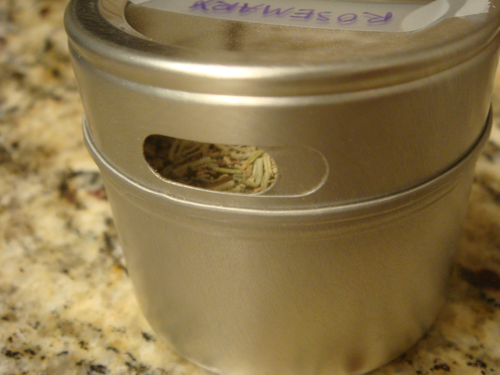 I have only identified two downsides for the tins. The first is that the clear plastic in the lid can fall out if you push down on it too hard. Fortunately, it’s easy to put back in and has not yet fallen out of a tin that actually contained spices. Phew. The second issue is that the barcode sticker is on the bottom of the tin where the magnet is, and it’s impossible to remove. A few pieces of the sticker from one tin got stuck to my fridge, but it was easily scraped off.
I have only identified two downsides for the tins. The first is that the clear plastic in the lid can fall out if you push down on it too hard. Fortunately, it’s easy to put back in and has not yet fallen out of a tin that actually contained spices. Phew. The second issue is that the barcode sticker is on the bottom of the tin where the magnet is, and it’s impossible to remove. A few pieces of the sticker from one tin got stuck to my fridge, but it was easily scraped off.
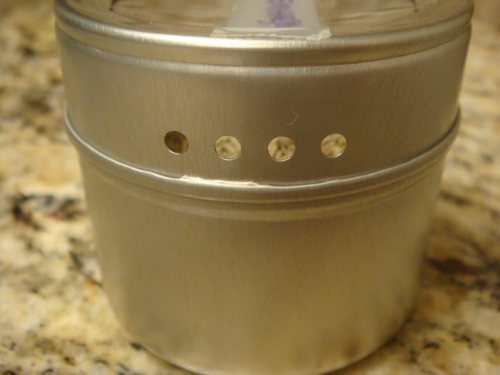 I think these spice tins are a great investment for any kitchen, especially one that requires creative storage solutions. Happy seasoning!
I think these spice tins are a great investment for any kitchen, especially one that requires creative storage solutions. Happy seasoning!

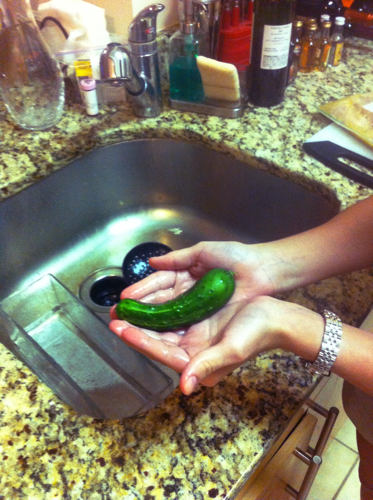
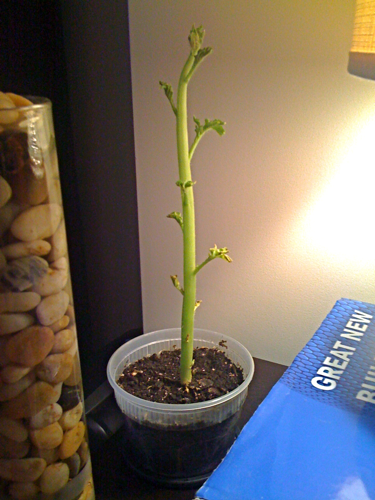
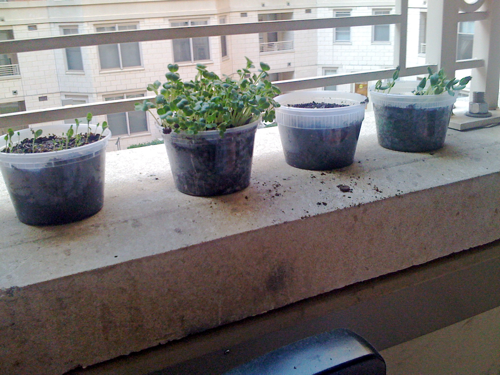


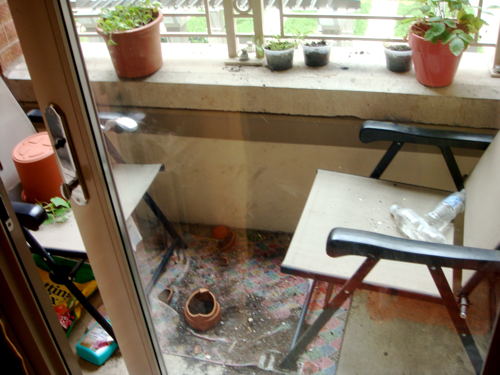 I hope my windowsill garden fares better this summer. I never know what dangers lurk because there is no telling what a dog that sits like a human can do!
I hope my windowsill garden fares better this summer. I never know what dangers lurk because there is no telling what a dog that sits like a human can do!
